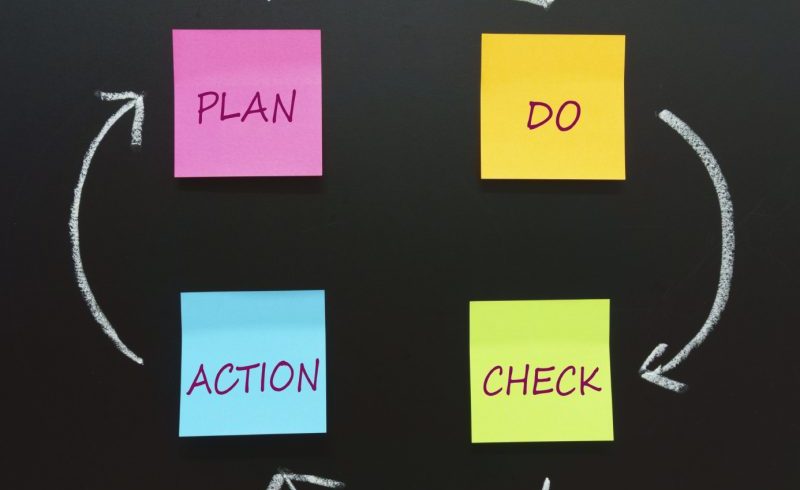![]()
“We allow our ignorance to prevail upon us and make us think we can survive alone, alone in patches, alone in groups, alone in races, even alone in genders.” – Maya Angelou”
Status quo as we know it in civil service work is changing — and FAST. There are increasing performance expectations, an aging population, declining or static budgets, increasing employee retirement rate, and a shrinking workforce that doesn’t necessarily reflect those we serve. This means changes are required in the ways we work, and sooner versus later. We need a planned, diverse and inclusive approach to change that will take advantage of everyone’s ideas, efforts and commitment to continue to serve our customers. Educating ourselves and our staff in diversity & inclusion can help.
Establishing a diverse and inclusive workplace is not merely a training session. One doesn’t wake up, get to work and say, “Today, I am going to do diversity and inclusion!” Or finance, or HR. Diversity and inclusion needs to be part of our DNA, how we do our work. It cannot be separated. It is a planned, intentional organizing effort to ensure we have the ability to respect and appreciate variety in cultures and differences and incorporate those differences into the workplace. Enter continuous improvement (CI)!
What is Continuous Improvement (CI)?
CI is a sustained, results-driven set of methodologies to improve the way we work. This can be the work of an individual, a team, or an agency/organization to improve the processes that provide products and services to customers. CI methodologies provide the way for organizational improvement initiatives, transformation of workplace culture, and a shared commitment to sustained results. You may have heard of Lean, Six Sigma, Business Process Management, Total Quality Management, or Baldridge. These are all CI methodologies. There is no single, definitive approach.
The ‘Bonus’ Value of a Continuous Improvement Program
Ok, being more efficient and effective in delivering programs and services to our customers is a great idea and one we should all aspire to. What else can CI do for you? It can lay the groundwork for dramatically increasing the diversity and inclusion skills of your teams! Diversity and inclusion means organizational effectiveness. CI can help:
- Remove bias. Using a CI methodology removes bias from recommendations. Bias can take place in many forms, including cultural, personal, or professional,
- Increase potential solutions and tools for problem solving.
- Improve customer satisfaction and a better service experience.
- Improve employee morale, retention, and productivity. Great innovations can come from anywhere/everywhere.
- Reduce costs and provide an opportunity to reinvest savings in other areas of need.
A continuous improvement program is not meant to replace the educational opportunities that come from diversity and inclusion training. It is part of the solution to how to put into action what we may learn in the training.
Your Turn
I encourage all of you to take on a simple improvement project in your workplace. As you start to build the project team, you’ll want to get the best results. That means including ideas, agendas and experiences from a variety of people. The more we take this approach to continuously improving our work, the better the results.
Diversity and inclusion will start to become ‘DNA,’ or part of how we live, as soon as it becomes part of how we do our work.
###
Special “Thank You!” to Carol Fogarty for some of the thoughts in this article.
– Joe
Joe Raasch is part of the GovLoop Featured Blogger program, where we feature blog posts by government voices from all across the country (and world!). To see more Featured Blogger posts, click here.





This is such an interesting way to tackle diversity and inclusion! Love it. Thanks for sharing!
Thanks Hannah! Creating diverse and inclusive project teams, workplaces, and services is not the future. It is the NOW!
I definitely agree, Joe! This “continuous improvement” can be incorporated into every facet of your life, business and personal. Refreshing outlook!
Thanks Adrienne! Continuous Improvement should no longer be shrouded in the mystery of terminology like “Kaizen” and “DMAIC” – it is useful for us all in many ways.